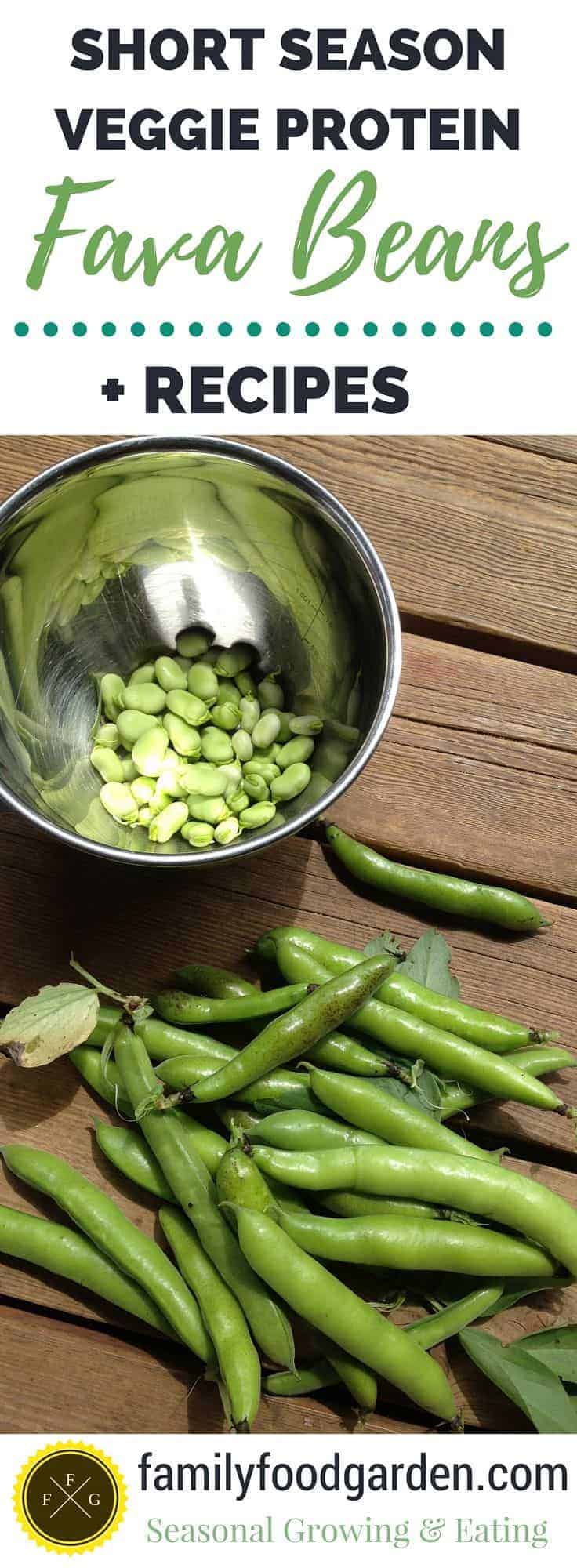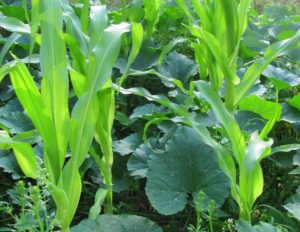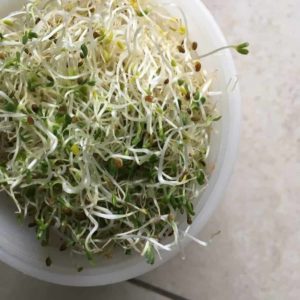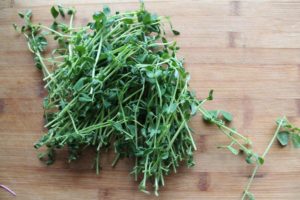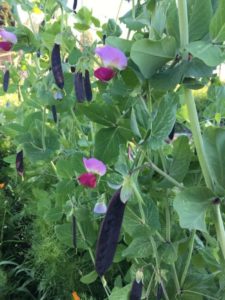Fava beans love cool weather, grow fast in the spring, and are ready by mid-summer.
They can can even be overwintered in warmer growing zones. Fava Beans have no cholesterol, very low-fat content, and are high in protein which makes them great to grow. Like other legumes they help to restore the soil and have large roots full of bacteria nodules to increase soil microorganisms. They are often used as a cover crop, green manure, as well as a nitrogen fixer. Plant in fall to overwinter and create fresh organic matter or to get a head start on early protein for next season.
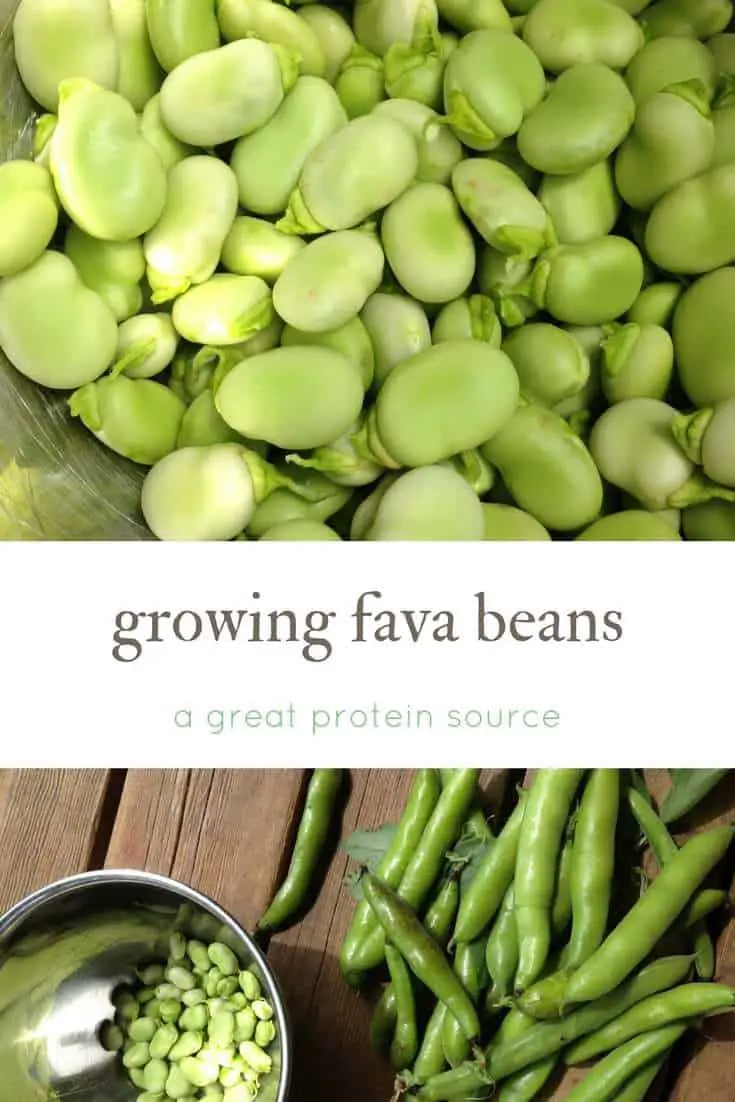
Growing Fava Beans
Broad beans are a member of the pea family, and are one of the oldest known cultivated plants. Broad beans are also known many other names: fava beans, Windsor beans, faba bean, and horse beans. Follow along with this handy How to Grow Broad Beans and grow food this summer.
Difficulty
Easy
Season & Zone
Season: Cool season
Exposure: Full sun
Zone: Hardy from Zone 3 to 11
Timing
Direct sow October/November in mild winter areas. Direct sow February to May in other areas. Tall, soft plants won’t withstand winter well. Optimal soil temperature for germination: 10-21°C (50-70°F).
(Heirloom ‘Crimson’ Fava Bean is gorgeous with purple flowers)
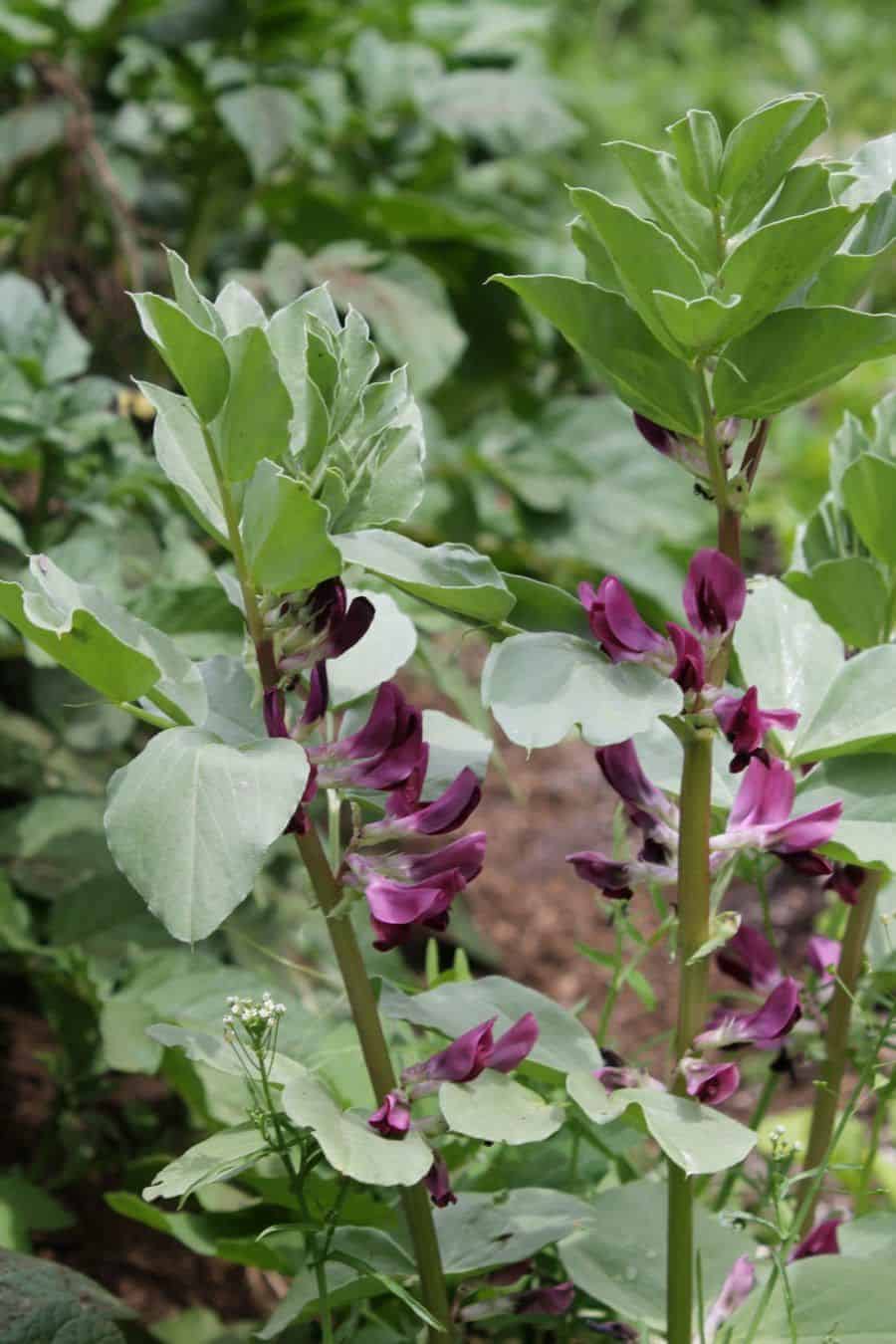
Starting
Use a broad bean or combination inoculant to provide a source of nitrogen. Sow seed 5cm (2″) deep, 15cm (6″) apart in double rows 23cm (9″) apart. Germination takes 10-14 days, depending on conditions.
Growing
Ideal pH: 6.0-6.5. Enrich the soil with compost prior to planting. Keep overwintered plants weeded. Provide stakes or strings between rows to stop plants from falling over.
Harvest
Pick when the pods appear plump and begin to droop from the weight of the seeds. Shell (like peas) and cook or use in soup. For dried beans, wait until the pods start to shrivel. Caution: some people are highly allergic to broad beans.
Diseases & Pests
When black aphids appear in May/June pinch off the growing tips on which the aphids feed. Spray the plants with blasts of water to dislodge remaining aphids.
Companion Planting
Excellent for fixing nitrogen in the soil. Avoid planting broad beans near onions.
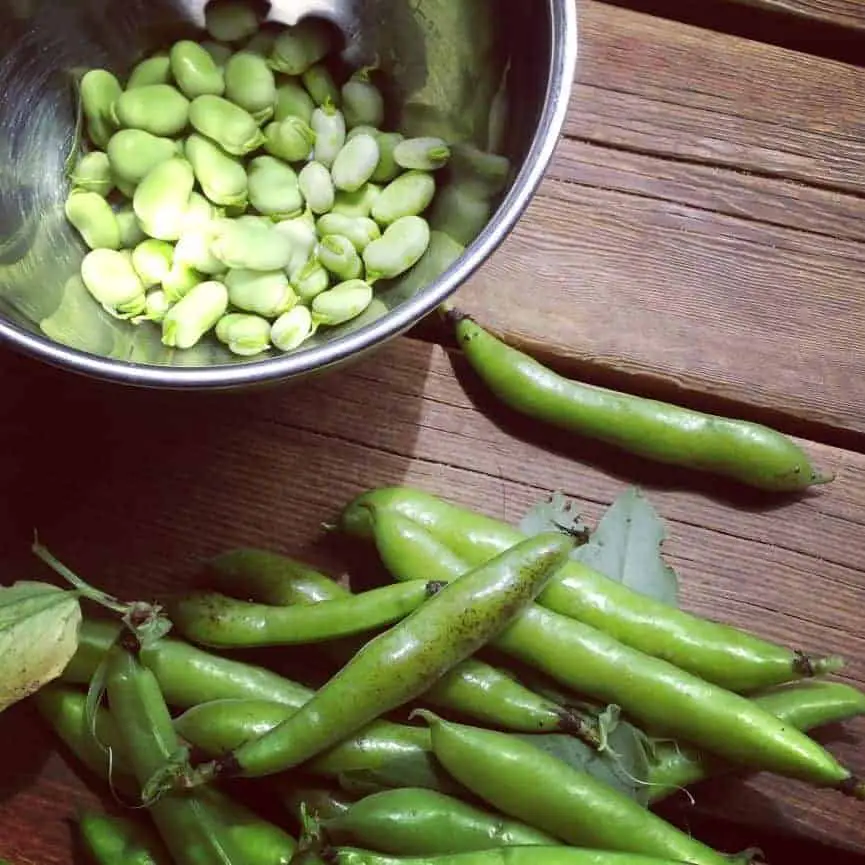
Fava Bean Recipes
Most people take off the outer skin of fava beans as they taste better. For years I’d boil them, strain them and take off that outer layer by hand. Then I found out you can save the stovetop hassle by freezing them instead using this method.
- Fresh fava bean dip
- Arugula & fava bean crostini
- Asparagus empanadas with fava bean, peas and goat cheese
- Fava bean quinoa cakes with kale, ginger + garam masala
- Fava beans & greens pasta
- Fava bean, mint and ricotta crostini
- Fava Beans and Peas with Burrata
- Marinated fava beans
- Parmesan baked fava beans
- Pea, asparagus & fava bean salad
- Fava bean falafel
- Fresh fava bean & almond spread
- Yogurt & fava bean soup
- Spicy ful mudammas (fava beans) with olive oil and chili
- Beef meatballs with broad beans & lemon
